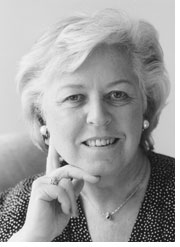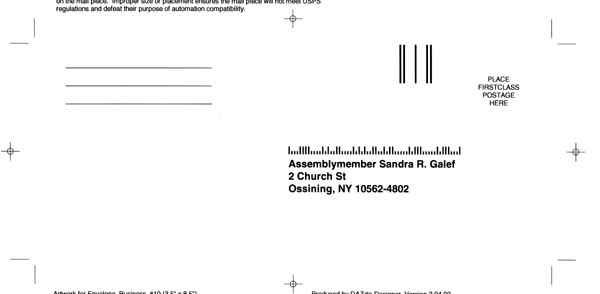|
Dear Constituent:
The upcoming legislative session in Albany may be the most challenging ever for the State of New York.
Other states will be looking at the choices we will make in response to a court case dealing with the funding
of education in New York City schools. This case has implications, I believe, for all schools throughout my 90th
Assembly District.
The highest court of the state, the New York Court of Appeals, has said that New York City school children are
not provided with the opportunity for a sound basic education as required by the State Constitution and the state
must fix the problem. We have until July 30, 2004 to come up with a solution.
What will this mean to our own local residents who pay significant school property taxes? Will we pay more taxes
and pass on the dollars to another district in greater need? Should the state take over the entire cost of educating
our kids, instead of relying on local property taxes? What guarantees are there that more money will mean a better
education system in New York City? Should we look at how we finance all of our schools and come up with a
statewide solution for everyone? What are the systemic problems in the New York City schools and are they
similar in other schools? How do we fix them? Do we have the will? Do we have the money?
These and so many more questions that you may have need answers. That is why I am holding a public forum
on this important issue on Wednesday, November 12, 7:30 p.m., Cortlandt Town Hall, 1 Heady Street, Cortlandt
Manor. This newsletter will tell you more about our forum, the informed experts to speak and answer questions,
and the issues to be considered by you and those who must craft a solution. For directions to the forum, please
call my office at 914-941-1111.
Hope to see you on November 12th.
|
Sincerely,

Sandy Galef
Member of the Assembly
|
|



